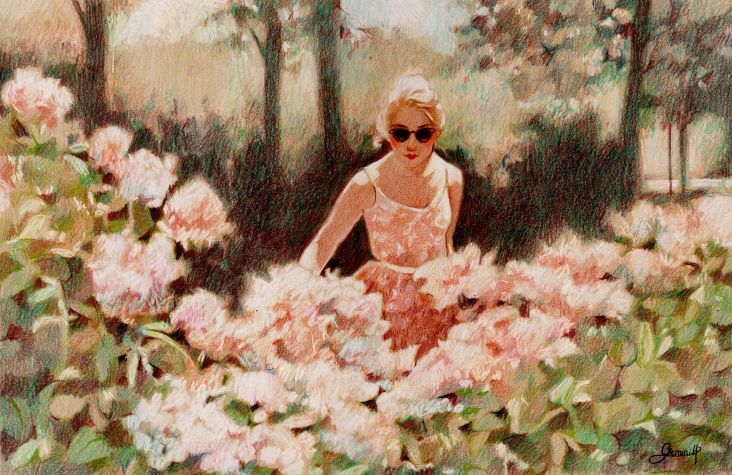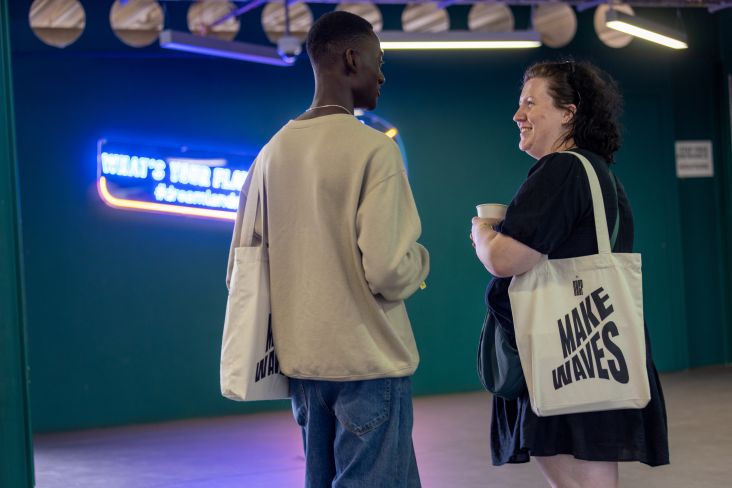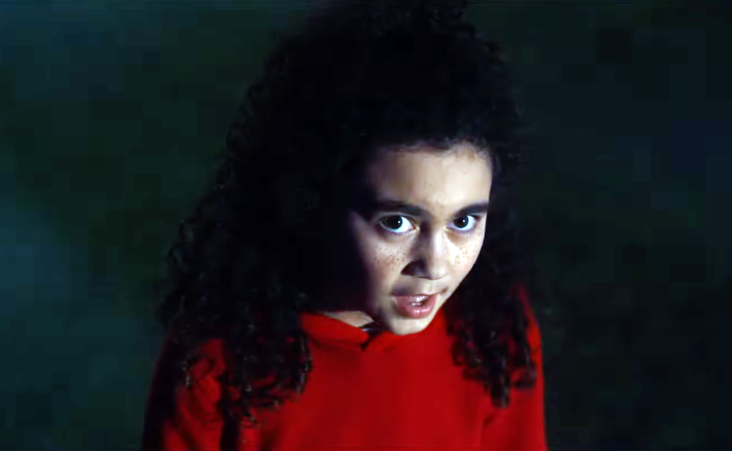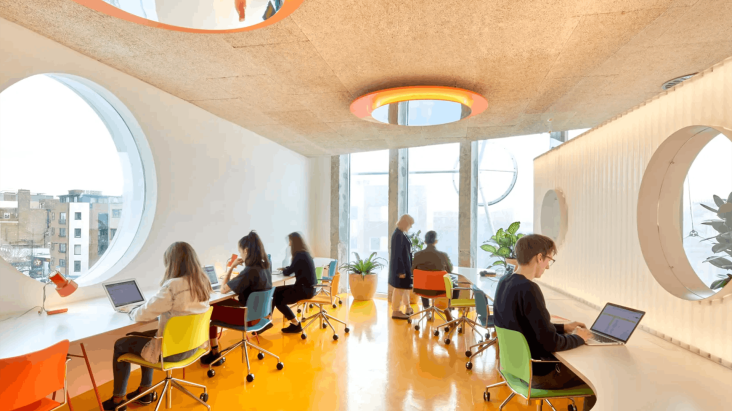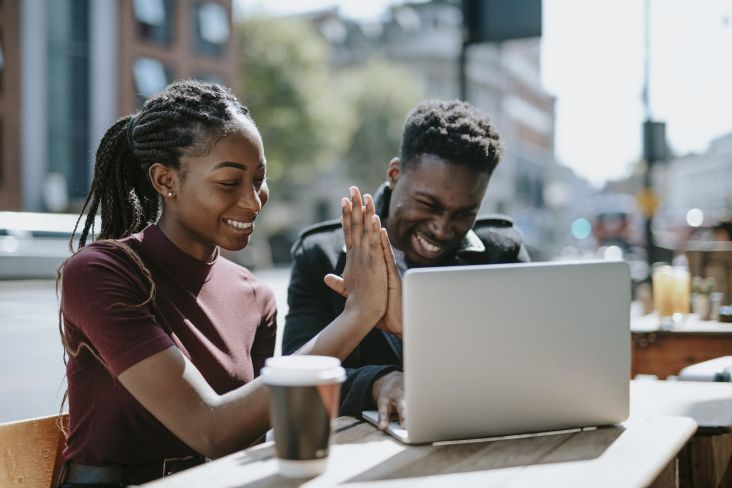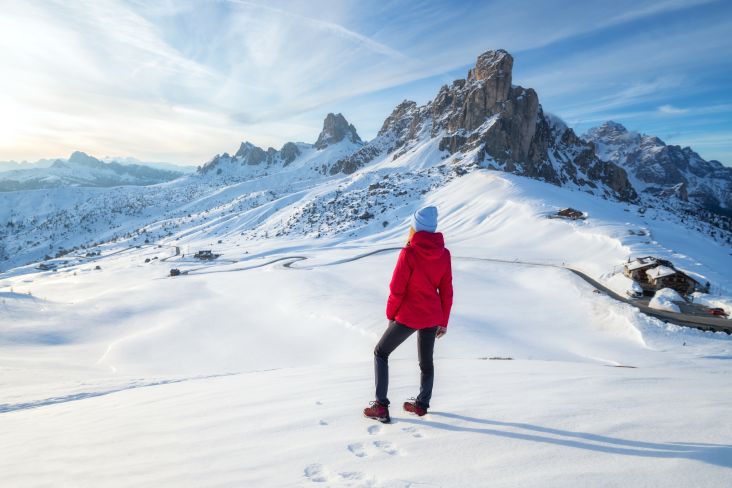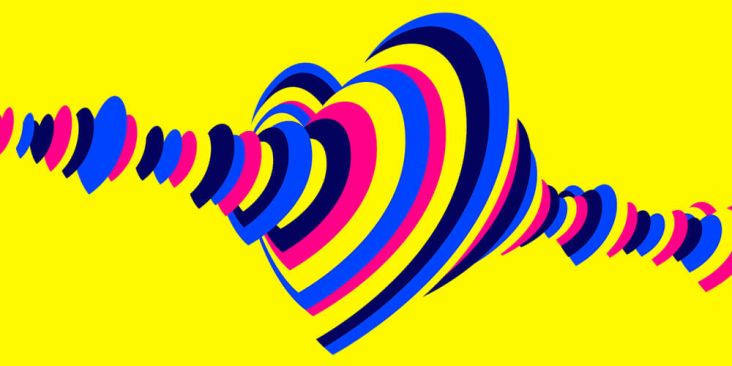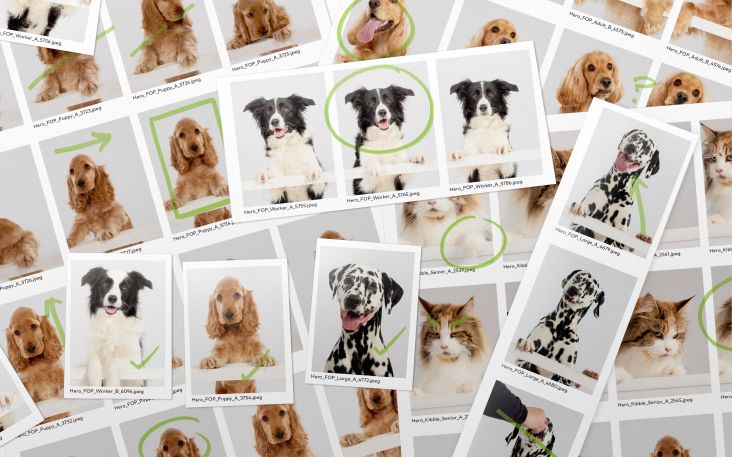Let's stop making design festivals for designers and make creativity available to everyone
It's no secret that many design festivals are curated and organised by designers for designers these days. But does that give them the edge? Or could there be an alternative, perhaps better approach that considers a wider audience? We take a closer look.
](https://www.creativeboom.com/upload/articles/ed/ed4263f55295ebc3974424ae8fc5701923c3956b_1280.jpg)
Sara Jane Gillespie from BADBISHDESIGN and Kate Harvey. Photography by Kathryn Rattray
We all have a vision of what a design festival might look like: a few days filled with talks, workshops, exhibitions, pop-up shops and social gatherings aimed at inspiring, educating and fostering a sense of community among attendees.
These carefully-curated events tend to be designed for those already working within the industry or hopeful of entering the creative workforce. Design festivals are made by designers for designers – but should we shake up that formula?
Lyall Bruce and Ryan McLeod, directors at Agency of None, did just that when they produced Dundee Design Festival (a project delivered by UNESCO City of Design Dundee) and led the programming for the Scottish event in 2019 and 2021.
In 2021, I was brought on to develop the festival's visual identity by working as a character designer. At that time, I recognised how Agency of None held accessibility as one of its core values and used it as a marker for making logistical and design decisions. So, I incorporated this into its brand design, which has helped expand the festival's reach with new audiences.
Why Making Design Accessible is Important
Design festivals celebrate design. At best, they're joyous spaces filled with people who share passion, vision and talent. But they're not always the most inclusive.
There's a problem with diversity in design. It's an industry that traditionally sets a high barrier to entry, making it more difficult for people from disadvantaged social and economic backgrounds to progress.
But design festivals are the ideal environments for dissolving these barriers. Not only can they be responsible for delivering more varied and diverse content that appeals to broader audiences, but they can also dispel the myth that design is not for everyone. The design industry is a viable career path for all sorts of people; creativity's positive influence on mental health and well-being has long been scientifically proven.
Festivals have the opportunity to redefine design and its ability to improve lives. Design festivals should emphasise the principle that creativity is available for everyone.
](https://www.creativeboom.com/upload/articles/da/dabd2f558e65f3d29449c8f760e8abdc32b22cc1_944.jpg)
Photography by Kathryn Rattray
](https://www.creativeboom.com/upload/articles/3e/3e64e6dfbc582e36fe2a382d4a93e3a445172e72_944.jpg)
Photography by Kathryn Rattray
First Impressions Count
Visual aesthetics matter as they reveal who the festival is targeting. Initial event promotions will steer how inclusive the event will be and give a sense of who is welcome to participate.
"Often, design festivals create visual identities that resonate with those already in the industry," says Ryan McLeod. "They tend to be quite abstract in form and content, which creates an instant barrier to those external from the design world. People are quick to judge whether something feels like it is for them or not."
Character design is universal. When Agency of None hired me to develop their visual identity, we created a character system for online and in-person interactions. I made up a toolkit complete with geometric body parts and fun facial features to easily recognise the design across assets.
Cut The Jargon
Designers tend to use sophisticated vocabulary and create short-form acronyms as they ascend the ranks. But sometimes, this alienates even people hailing from other departments. Implementing simpler language across channels will ensure that everyone involved in the design chain understands their requirements.
"Industry-specific terminology can save time when having internal discussions, but language is an instant barrier to those on the outside looking in," says Lyall Bruce. "We made sure to remove complicated jargon from the festival's marketing assets and supporting materials to reinforce that design is something anyone can get involved in."
](https://www.creativeboom.com/upload/articles/2b/2bd52795781b6b18a7dd05126c0102b4a3c38f4f_944.jpg)
Photography by Kathryn Rattray
The 'Always On' Approach
Various obstacles, such as tight work schedules and demanding childcare needs, restrict some people from attending events. One way around this is to organise an event that doesn't require attendees to turn up for specific time slots or by being able to access the content online in their own space. It may prove a logistical challenge, but these changes would make access easier.
Location, Location, Location
For DDF 2021, we chose to decentralise the festival and have it occur across four venues. We took over a couple of unused shop units and public parks - a pink shop was transformed and filled with astroturf flooring, while an old pump station was painted with floor-to-ceiling graphics.
By inviting festival revellers into familiar surroundings, they could experience something truly out of the ordinary. Choosing to run the event in localised spots rather than big cultural buildings meant that Dundee's dwellers could feel like their city was overrun with design and that it was beckoning them in.
Don't Forget The Fun
We intentionally held playful design demonstrations to create engaging and memorable experiences. It was a truly immersive festival with giant ball runs explaining the design process, up-cycled centres celebrating sustainability, and character-building exercises centred around well-being.
One of the festival's events saw the transformation of a second-hand clothing store at The Finlathen Design House, remembers McLeod: "People queued for three hours to try things on, and kids were running straight from school to give it a go with many coming back with friends and family. Seeing such passion and excitement coming from people engaging with design was amazing!"
](https://www.creativeboom.com/upload/articles/fd/fd9e17b0b10ce1d0f0014f31dd5eb6294b148181_944.jpg)
Photography by Kathryn Rattray
](https://www.creativeboom.com/upload/articles/35/35bbd0be809b6f1e0950c49f32ac096bc9f75198_944.jpg)
Sara Jane Gillespie from BADBISHDESIGN and Kate Harvey. Photography by Kathryn Rattray
Leave a Legacy
"As producers, we structured the festival content around a specific yearly theme," says Bruce. "All of the experiences were developed as prototypes so that the concepts could continue to evolve after the festival."
Many of these have now been installed across Dundee and beyond. The popular experience of the upcycling centre has been introduced to various communities in the city. Meanwhile, the print-based design workshop, Poster Playground, has travelled all the way to Detroit.
Other bespoke installations have been re-homed at local libraries and schools, with items created at workshops or embedded in homes nationwide. Some of the 2019 festivals, like myself, have gone on to work as designers in the 2021 edition. So there's huge scope and opportunity for all those involved.
Accessibility was core to the DDF's offering. McLeod explained: "Design is for everyone, and we've proved that creative content can be successfully delivered outside of the city centre to a broader audience. There is an appetite for communities to engage with design if they are given the opportunity."
](https://www.creativeboom.com/upload/articles/66/66d3ad53ab85471eb6b01cc15bf2a75e6bac29db_944.jpg)
Photography by Kathryn Rattray

















